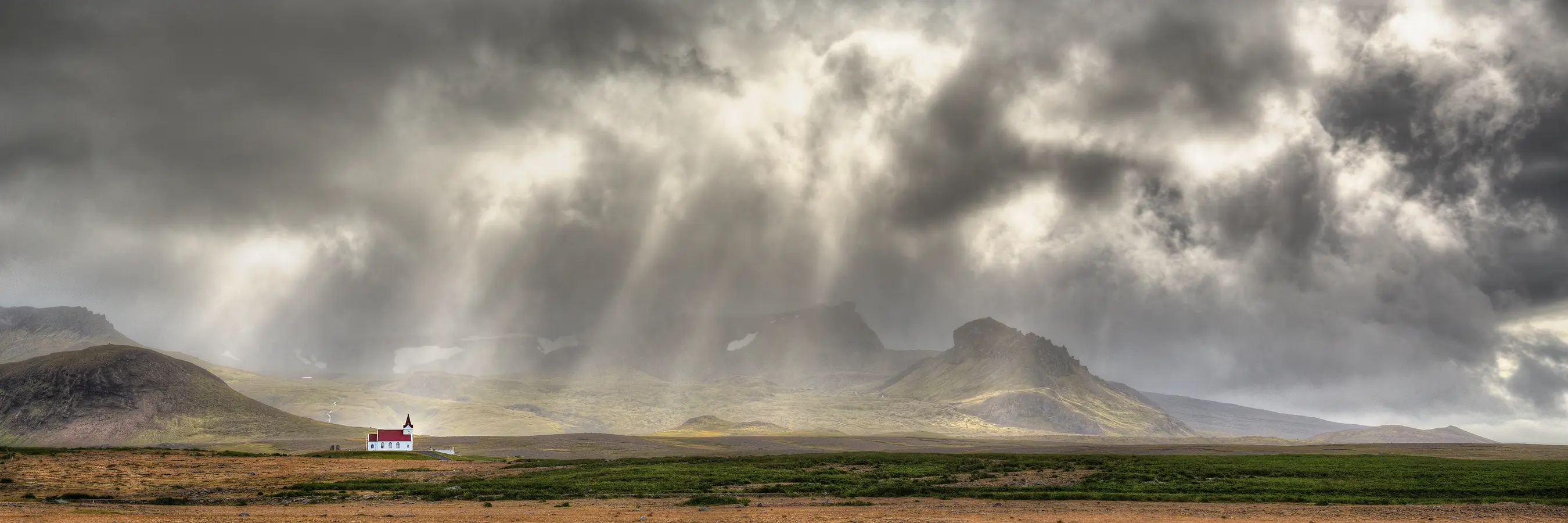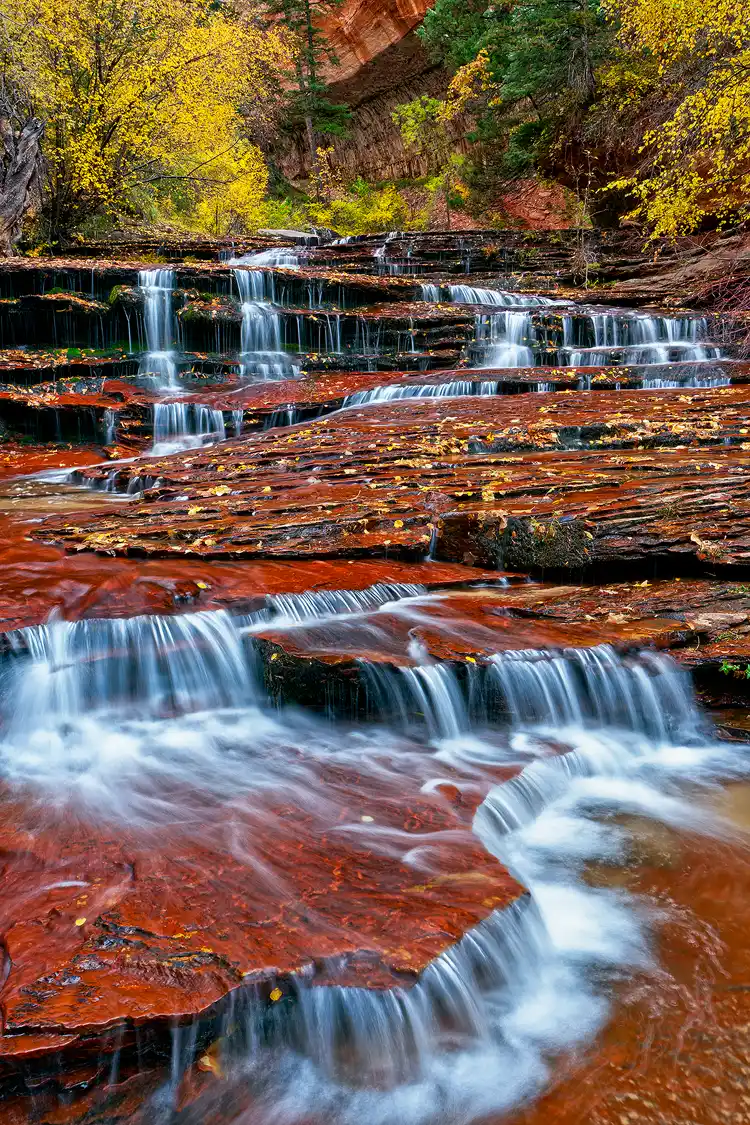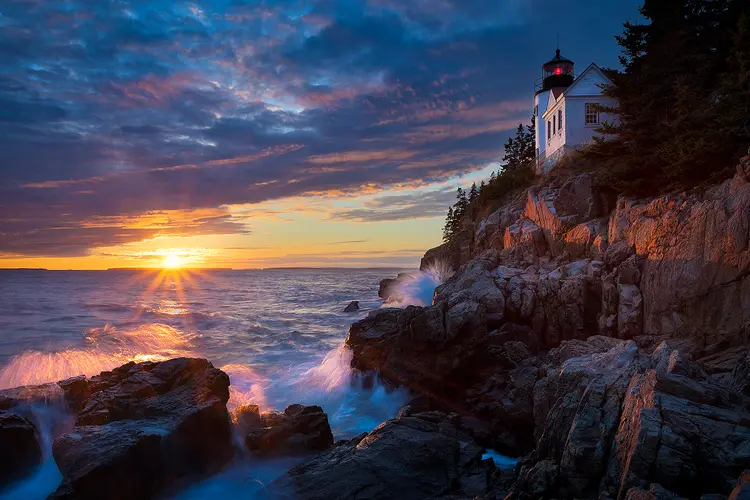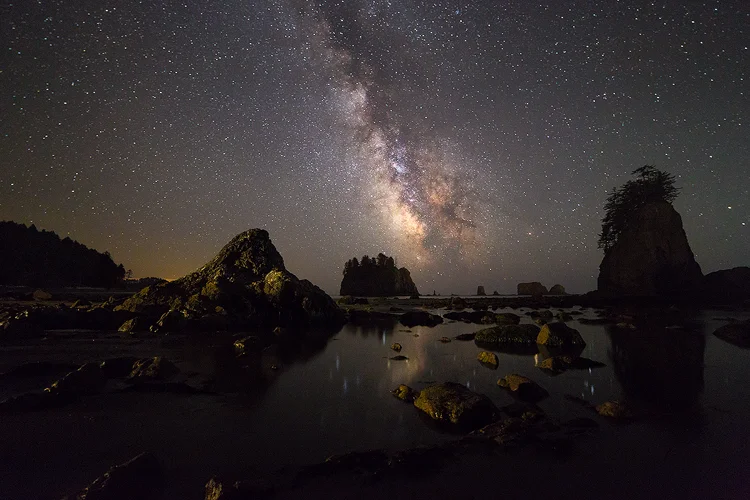
The primary purpose of the lessons, handouts and videos on this page is to help our participants prepare for our workshops. However, everyone is welcome to access this landscape photography instruction and learn how to improve.

Lessons
Seven PDFs
1. Composition: Lengthy discussion, large file; 168 mb.
2. Camera Settings: Camera settings for landscape photography.
New to our workshops or landscape photography? The next five lessons may be helpful.
View the next three lessons in order.
3. Exposure
4. Manual Metering
5. Histogram
View the next two lessons in order.
6. Depth-of-Field / Hyperfocal
7. Landscape Photography Focus Settings

Handouts
Seven PDFs
1. CFDER: Landscape photography field workflow.
2. Andy's Camera Settings
3. Tripod Tips & Techniques
4. Steps to Photograph a Panorama
5. How to Test for Lens Sharpness: Practical guide for everyone, no math.
6. Night Photography Instruction
7. Night Photography Rule of 400: Gives a guideline for shutter speed. NPF Rule often better.


Landscape Photography Videos
Two Videos
1. Learn CFDER: Learn a field workflow for how to take landscape photographs. Six minutes.
2. How to Photograph Panoramas: Learn the steps to photograph fine art panoramas with a tripod. Six minutes.
